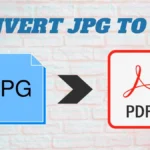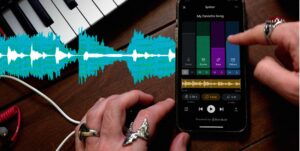Music creation and editing have reached new heights, thanks to modern apps and software that allow users to modify vocals and instruments with ease. Whether it’s adjusting pitch, adding effects, or even completely transforming a vocal or instrumental track, these tools empower both beginners and professionals to experiment and enhance their music. By adjusting and changing vocals and instruments, creators can bring a new depth and creativity to their compositions, often achieving professional-grade results right from their home studios.
Download Now :-
App Link
One of the most powerful tools for vocal adjustment is pitch-correction software, such as Auto-Tune or Melodyne. These applications allow users to modify vocal pitch, fix inaccuracies, and create specific vocal effects like the “T-Pain effect” popular in hip-hop and pop music. With pitch correction, even slightly off-key notes can be perfectly aligned, giving the vocal performance a polished sound. Additionally, software like Melodyne offers the flexibility to adjust vibrato, tone, and timing, which allows artists to add subtle or dramatic changes to achieve their desired vocal style.
Another crucial aspect of vocal and instrumental adjustment is the ability to modify tone and texture. Equalizers (EQs) are commonly used in digital audio workstations (DAWs) like Logic Pro, Ableton Live, and FL Studio to shape the frequency spectrum of vocals and instruments. By adjusting EQ settings, users can emphasize or reduce certain frequencies, making vocals sound warmer, sharper, or even more ethereal. Additionally, effects such as reverb, delay, and compression enhance the texture of both vocals and instruments, allowing users to create depth and a sense of space within the mix. These adjustments can turn a flat recording into a dynamic, captivating soundscape.
Instrumental adjustments also play a key role in music production. Software synthesizers and samplers, like Serum and Kontakt, enable users to manipulate instrument sounds or even create entirely new ones by layering and adjusting samples. For example, a simple piano recording can be transformed into a dreamy, ambient sound by adding reverb and chorus effects. These tools allow users to experiment with various instrument sounds, modify timbres, and even merge sounds from multiple instruments, giving their music a unique, personalized touch.
In conclusion, the ability to change and adjust vocals and instruments has become an essential skill for modern musicians and producers. With tools like pitch correction, EQ, reverb, and synthesizers, artists can experiment with their music to achieve any desired effect. These adjustments not only improve the quality of recordings but also open up limitless creative possibilities. By mastering these tools, music creators can elevate their compositions, bringing their artistic visions to life in unique and innovative ways.



















